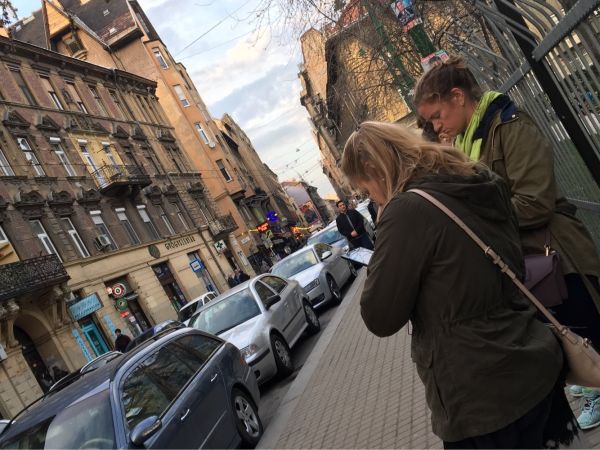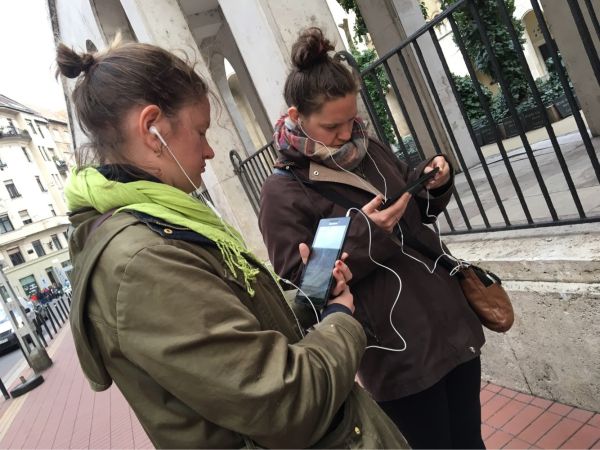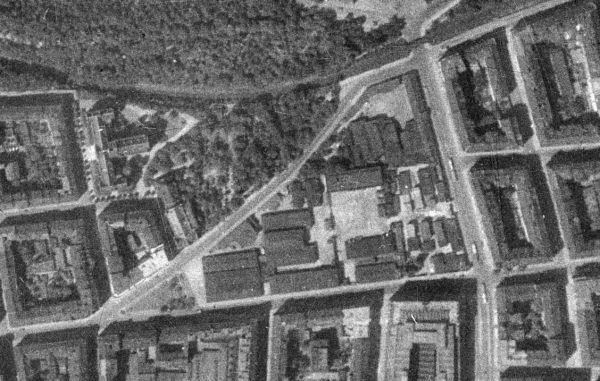IWalk: Memory, Testimony, and Activism
In my role as part of USC Shoah Foundation’s Education Department, I have the honor of working with our team members both in the United States and around the world to create localized educational content using genocide survivor testimony. As a former classroom teacher and a lifelong believer in the importance of experiential learning, I was fortunate to take part in three IWalks in Budapest, Hungary, Prague, Czechia, and Warsaw, Poland while on a recent vacation. IWalks, a groundbreaking educational testimony-driven experience pioneered by our European colleagues, combines clips of testimony, maps, photos and other material to create a learning module that corresponds and enhances learning of a physical location.

I encounter survivor testimony each and every day as part of my job and value the stories and lessons that each testimony holds, but was profoundly moved by watching these testimonies in the places described and in the context provided by the educational lessons. IWalks not only introduce the participants to people who survived the genocide and to the places relevant to their histories, but also provide thematic explorations on specific topics. In the Budapest Jewish Quarter IWalk, my group encountered and connected the architecture, images, and testimonies we saw and heard to the themes of assimilation, loss, and memory. The Constructivist learning model, in which students learn by considering background knowledge, collecting new information, constructing meaning, and communicating to others, allowed us to deepen and personalize our knowledge about the Hungarian Jewish experience in a resonant educational encounter.

What struck me most during all three IWalks was the deep, unthinkable loss that each of the communities suffered as a result of the Holocaust. In the Warsaw Ghetto, as I stood where the wall separating the ghetto from the rest of the city was once erected, I was awestruck by a survivor describing her childhood home and her experience growing up in the then thriving Jewish community. Her words, including an offhand comment about how she’s never again been able to find bagels like the ones she ate in her youth, struck me as I could see firsthand from my physical vantage point how much the place in front of me, both as a physical and cultural space, had been decimated by violence.

At USC Shoah Foundation, we all partake in memory work, in keeping alive the stories of those who experienced and witnessed extreme hatred manifested through genocide. IWalks provide an incredible tool for bringing these memories to life and reminding us all that injustices committed on our cities, in our streets, have lasting implications. The IWalks are a testament to the power of the personal story, coupled with educational context, to provoke meaningful and memorable change in attitude and understanding. I, for one, will never forget.